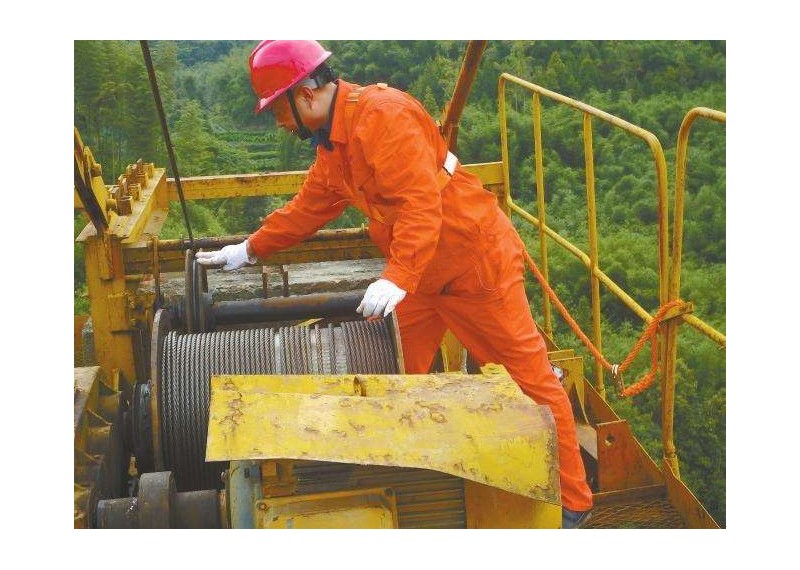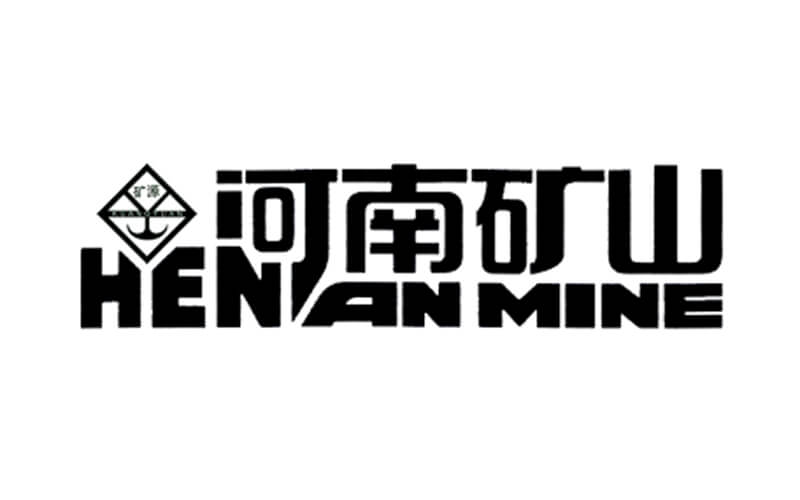
Safety operation rules for lifting workers
Hoisting workers are workers who have good professional skills and knowledge in lifting, hoisting, transportation and material handling, and are engaged in the lifting, handling, and displacement of equipment and goods. In order to ensure the safety of staff and production safety, we must strictly abide by the safety operation regulations of lifting workers during the work process.
1. Before work, you must wear a safety helmet, and strictly check whether all equipment, tools, and rigging are in good condition and reliable, and overloading is not allowed.
2. Multi-person operation special-person command, unified command signal , clear explanation, if the operator can’t see the command gesture, a relay assistant should be set up to accurately transmit the signal.
3. When using various spreaders and tools, first of all, it is necessary to clarify whether the performance and tonnage of the spreaders, tools and objects, the volume and weight of the goods and whether the tools used meet the requirements.
4. When lifting the workpiece, first check whether the binding is firm and reliable. The rope should be lined at the corners and quick openings, and then the rope should be hoisted 0.5 meters off the ground. It can be hoisted only after the inspection is confirmed to be safe and reliable. It is strictly forbidden to put your hands between the rope and the object when lifting the rope.
5. The positioning of the lifting pole must be correct, and the back cover must be firm, and no distortion, sinking, or slanting caused by the force.
6. When using the cable wind rope, there should be no less than three, the fixed position should be firm, and it is not allowed to tie it to the electric pole, electromechanical equipment and pipeline support.
7. To operate the hoist, you must obey the command, see the signal clearly, operate it correctly, and do it strictly: the signal is unknown, the wire rope is off-track, overloaded, and the brakes are not working and do not drive. When the hoist is used for traction, it is not allowed to work without passing the pulley in the middle.
8. When using the jack, the foundation must be solid and stable. The top cover and the heavy object must be padded with wooden blocks, and the jacking must be slowly lifted. When the jack is lifted, the actions must be consistent.
9. For horizontal rolling heavy objects, the ground must be flat, the sleeper pads must be hard steel pipes to be round and straight, and the steel pipes need to be pulled by hand. Fingers should be placed in the pipes, and no people are allowed to stand before and after the objects.
10. Vigilance should be set around the lifting area, and it is strictly forbidden to pass by non-workers. Open-air hoisting is strictly prohibited in case of strong winds above level 6.
11. Before the lifting object is in place and fixed, it is not allowed to leave the work post, and it is not allowed to interrupt the work when the rigging is stressed or the hanging object is suspended in the air.
12. When the suspended object is suspended in the air, it is forbidden to stay or pass under the suspended object or the boom, and no one is allowed to stand in front of the hoist pulley or near the traction wire rope.
13. When working at heights or using other electromechanical equipment, the relevant safety operating procedures should be followed.
14. When hoisting materials and loading the truck, no people are allowed in the car before the hoisted objects are put into the car, and it is strictly forbidden to pass the hoisted objects from the driver’s cab.
Lifters are workers who are responsible for hoisting and lifting objects. It is a very complex type of work. He must understand the structure and specific operation methods and procedures of various cranes, as well as safe operation knowledge.


